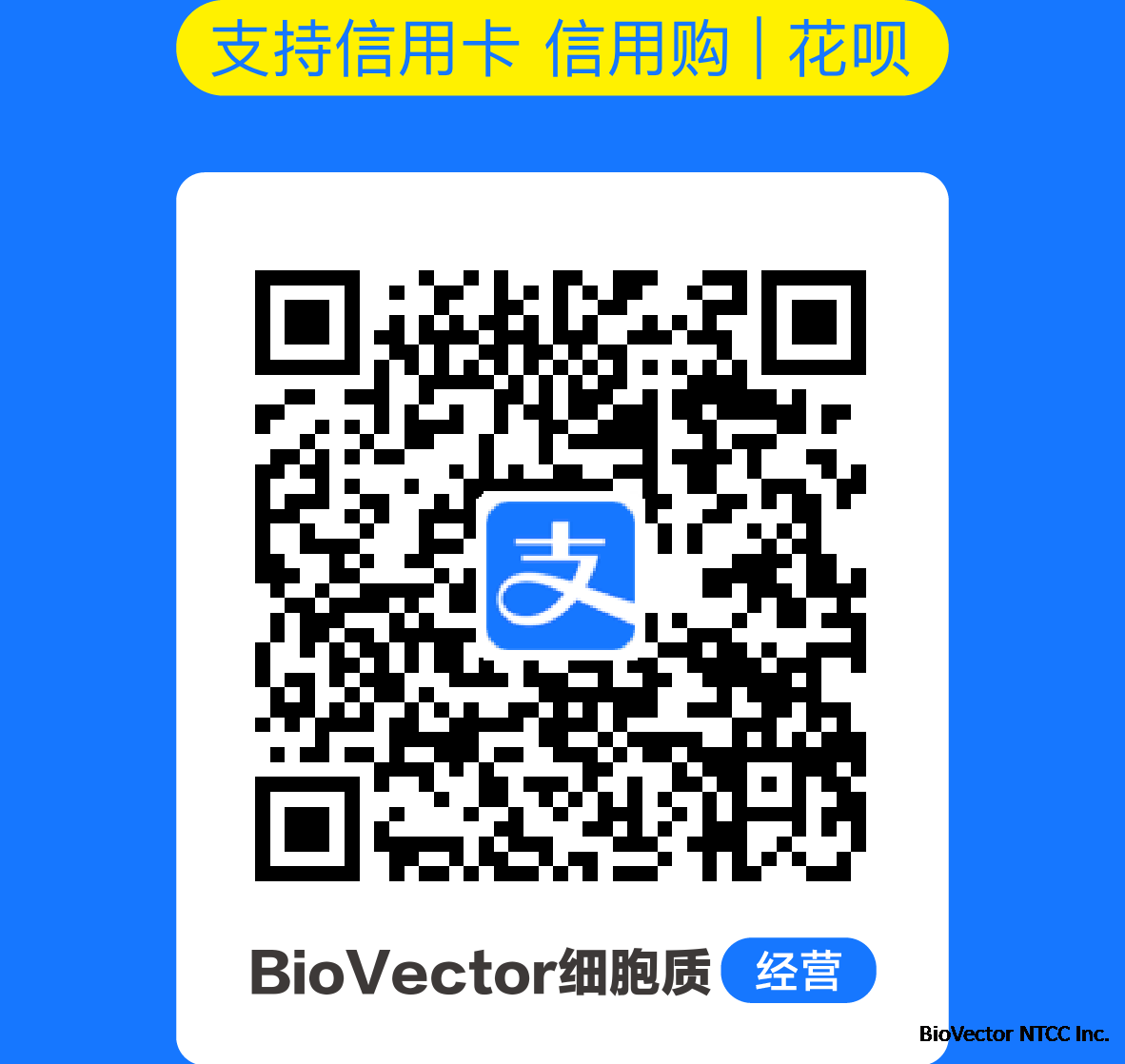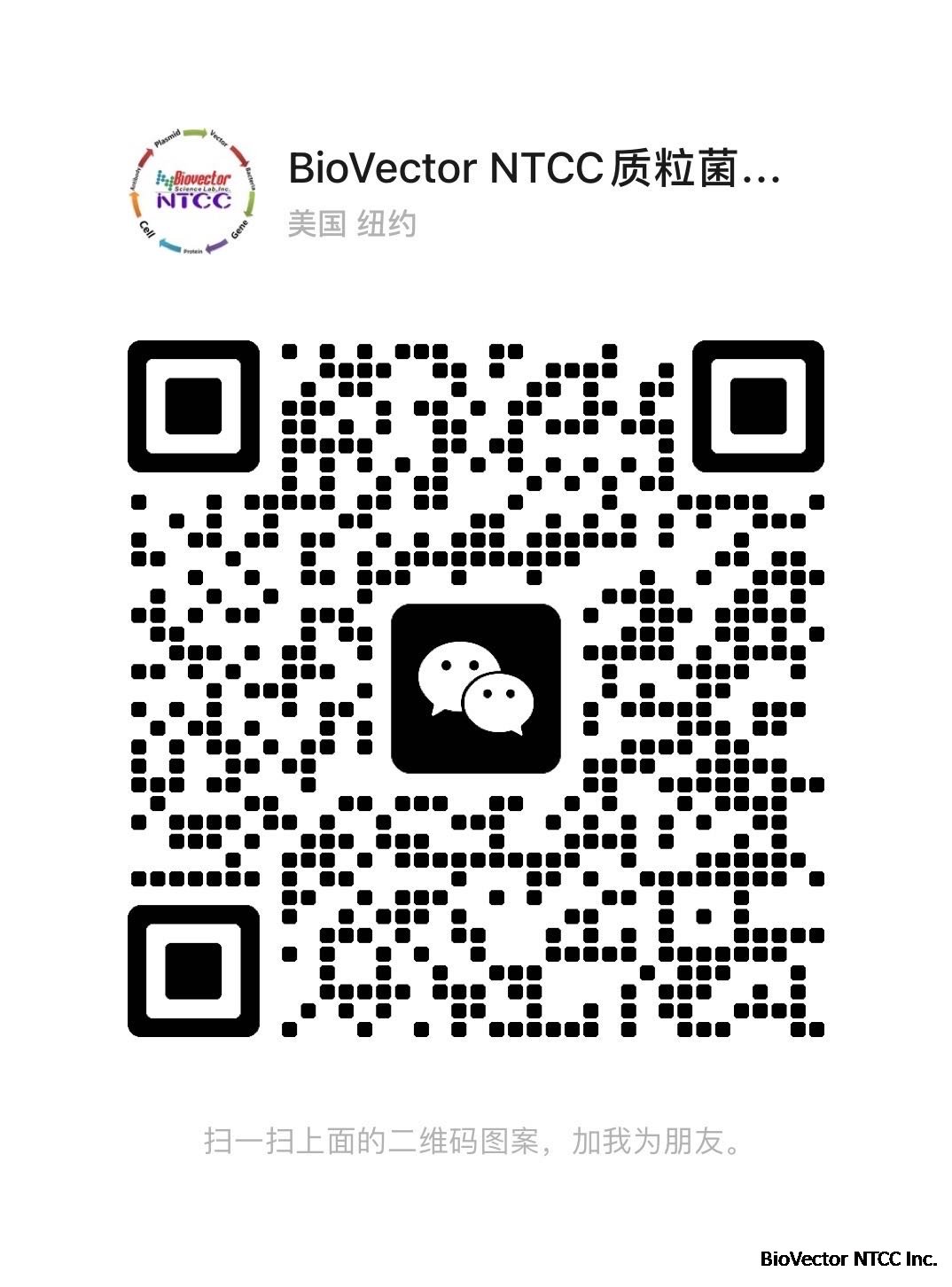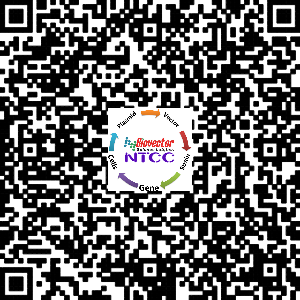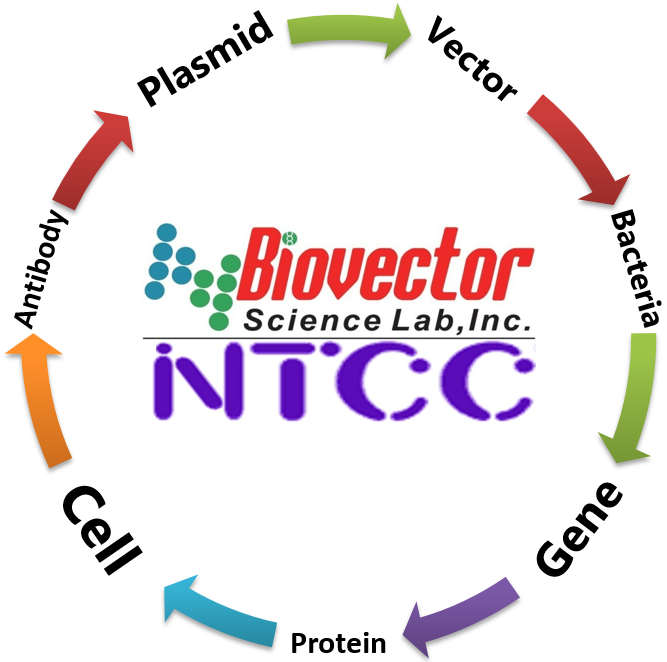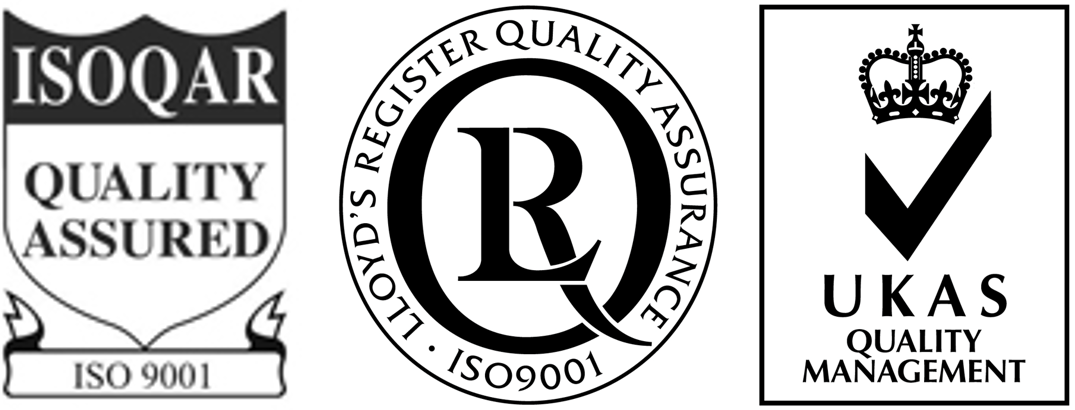IM-95 NTCC? human gastric cancer cell line人胃腺癌细胞株-BioVector NTCC质粒载体菌株细胞蛋白抗体基因保藏中心
- 价 格:¥59850
- 货 号:NTCC?-IM-95
- 产 地:北京
- BioVector NTCC典型培养物保藏中心
- 联系人:Dr.Xu, Biovector NTCC Inc.
电话:400-800-2947 工作QQ:1843439339 (微信同号)
邮件:Biovector@163.com
手机:18901268599
地址:北京
- 已注册
The NTCC? IM-95 cell line is a widely used human gastric cancer cell line. Here's a breakdown of its key characteristics and applications:
Origin and Characteristics:
Source: IM-95 cells were established from a 63-year-old Japanese male patient with a moderately differentiated adenocarcinoma of the stomach.
Morphology: They exhibit an epithelial-like morphology.
Growth: They are adherent cells and typically grow in Dulbecco's Modified Eagle's Medium (DMEM) supplemented with 10% fetal bovine serum (FBS) and sometimes insulin (e.g., 10 mg/L). They are cultured at 37°C with 5% CO2. Their doubling time is approximately 25-46 hours, depending on the specific lot and culture conditions.
Key Features:
CEA-related antigen observed: Carcinoembryonic antigen (CEA) is a marker often associated with certain cancers.
HGF production and tumorigenicity maintained: IM-95 cells are known to produce Hepatocyte Growth Factor (HGF), a cytokine involved in cell growth, motility, and morphogenesis. They also retain their tumorigenic capacity, meaning they can form tumors in appropriate in vivo models. A specific clone, IM95m, has been isolated from IM95 that produces higher levels of HGF, VEGF (vascular endothelial growth factor), and IL-8 (interleukin-8).
Applications in Research:
Due to its origin and characteristics, the IM-95 cell line is extensively used in cancer research, particularly for studying:
Gastric Cancer Mechanisms: It serves as a valuable in vitro model to investigate the molecular mechanisms underlying gastric cancer development, progression, and metastasis.
Drug Screening: Researchers use IM-95 cells to screen for potential anti-cancer drugs, evaluate their efficacy, and study drug resistance mechanisms in gastric cancer. This includes testing various therapies like tyrosine kinase inhibitors (TKIs) targeting pathways like c-MET, which is activated by HGF.
Angiogenesis Research: As IM-95 cells (and especially IM95m) produce angiogenic factors like HGF, VEGF, and IL-8, they are useful for studying tumor angiogenesis (the formation of new blood vessels that feed the tumor) and identifying potential anti-angiogenic therapies.
Signal Transduction Pathways: They are used to explore signaling pathways involved in gastric cancer cell proliferation, survival, and migration.
Genetic and Omics Studies: IM-95 cells are part of large-scale cancer genomics projects (e.g., Cancer Cell Line Encyclopedia - CCLE, COSMIC cell lines project), where their genomic, proteomic, and transcriptomic profiles are characterized to understand the genetic landscape of gastric cancer.
Reporter Cell Lines: Luciferase reporter cell lines based on IM-95 are available, allowing for real-time monitoring of gene expression or cellular pathways in response to various stimuli.
Images:
BioVector NTCC质粒载体菌株细胞蛋白抗体基因保藏中心
www.biovector.net
- 公告/新闻
